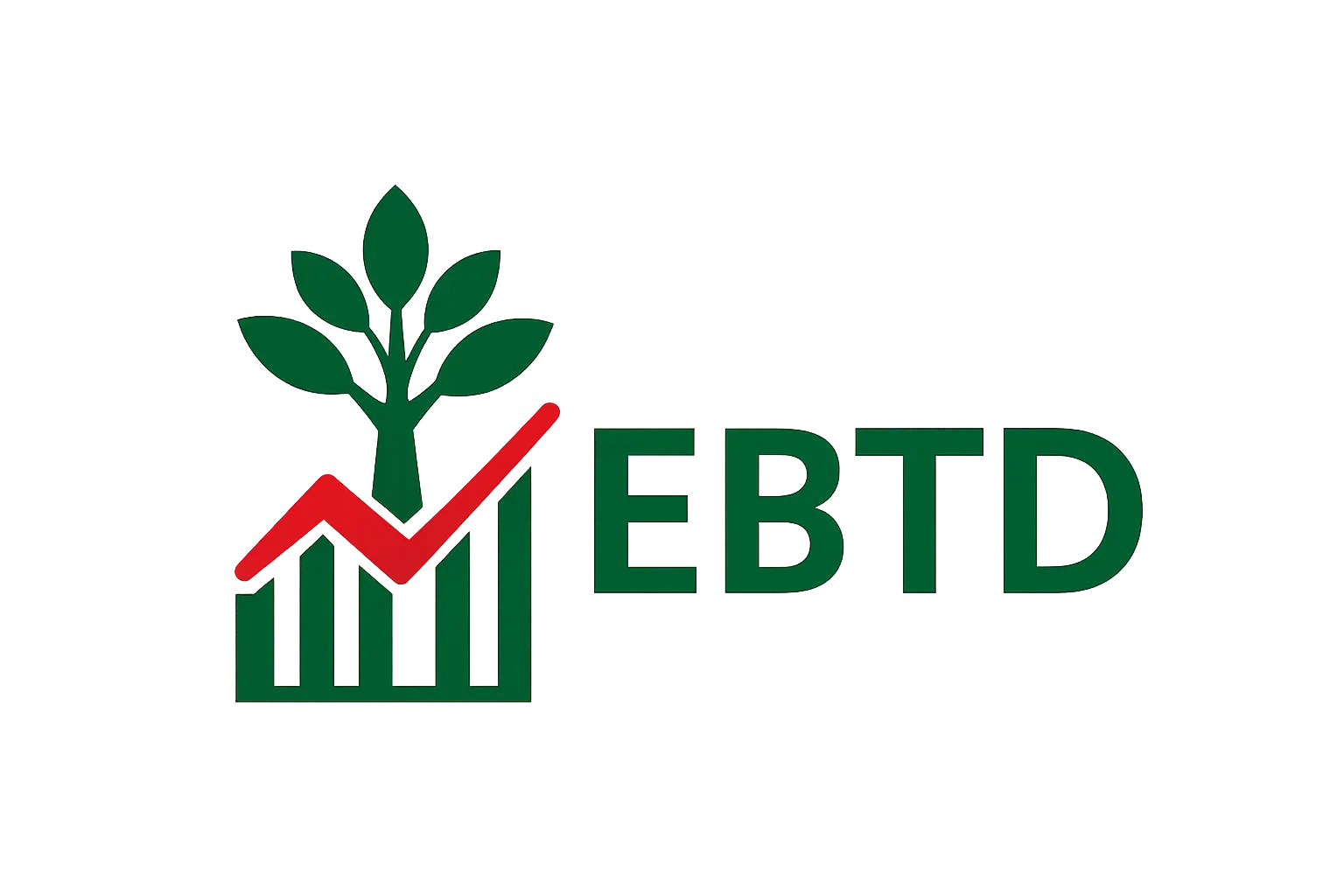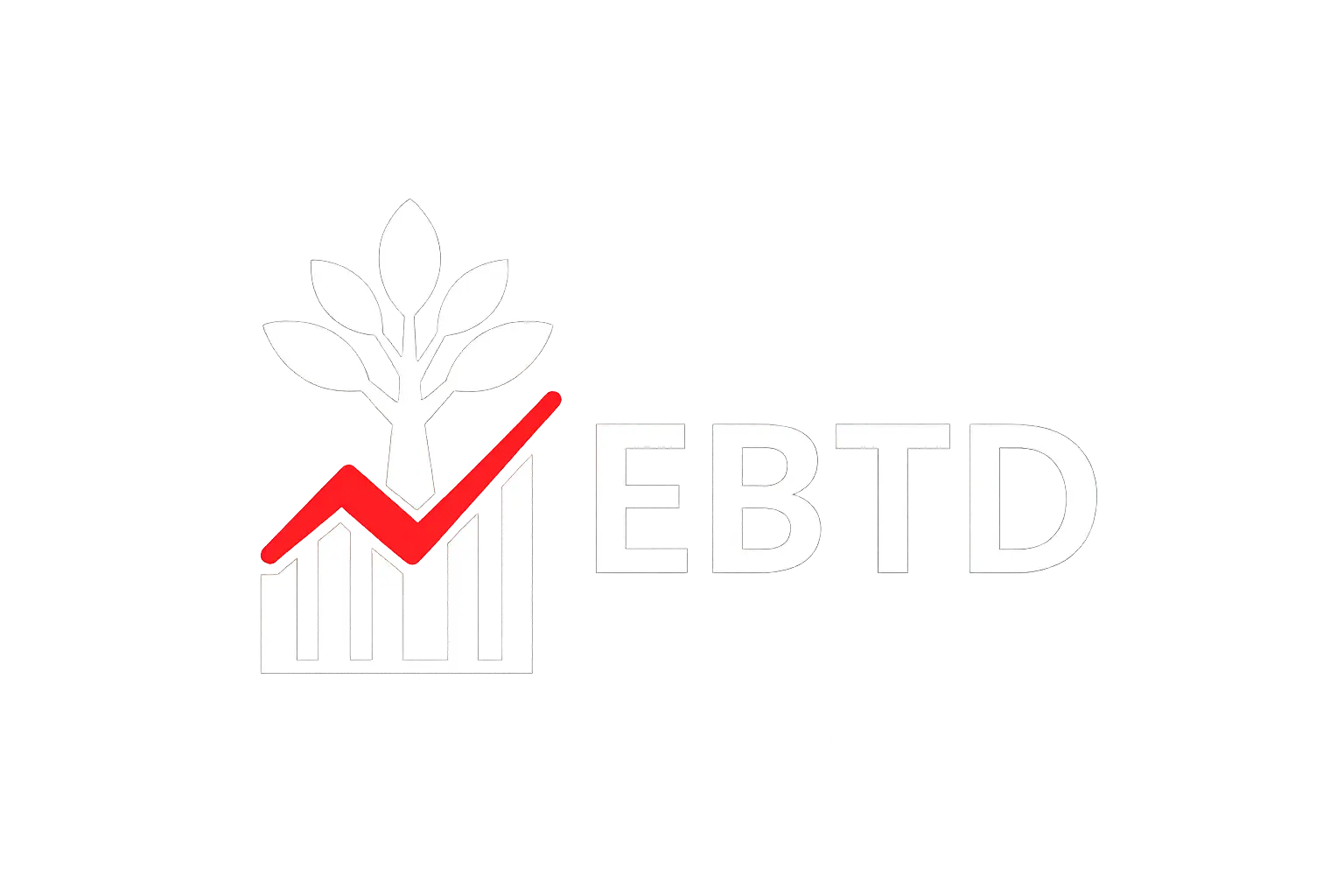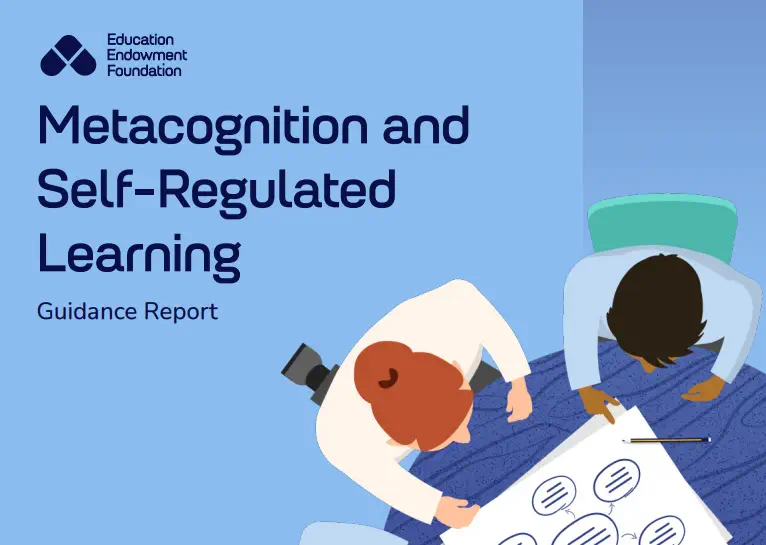Metacognition for Bangladeshi Classrooms: What the New EEF Guidance Really Means for Teachers in Bangladesh.
At Evidence Based Teacher Development (EBTD), our mission is to turn global educational evidence into everyday classroom practice in Bangladesh. Few resources align with that aim as powerfully as the Education Endowment Foundation’s (EEF) newly updated guidance on Metacognition and Self-Regulated Learning.
This update brings together evidence from over 355 international studies and distils it into practical, classroom-focused guidance for both teachers and school leaders. Importantly, we are not rewriting or rebranding this work. The intellectual credit belongs firmly with the EEF.
Our role here is much simpler: to interpret what this global evidence means for teachers working in the real conditions of Bangladeshi classrooms.
Why this update matters in the Bangladesh context
In Bangladesh, many teachers are working within:
-
Large class sizes
-
Rigid curricula and exam-heavy systems
-
Learners heavily dependent on tuition centres
-
Limited classroom resources
-
Wide attainment gaps
In these conditions, advice like “teach students to think about their thinking” can feel abstract or disconnected from daily teaching realities.
What makes the updated EEF guidance different is that it moves beyond slogans and focuses on what teachers actually do, moment by moment, during instruction.
The full guidance report: Metacognition and Self-Regulated Learning – EEF Guidance Report
The report defines metacognition as:
-
A learner’s ability to plan, monitor, and evaluate their learning.
-
A core part of self-regulated learning, alongside cognition and motivation.
Recommendation 1: Building teacher understanding – beyond “thinking about thinking”
EEF’s first recommendation is that schools must help teachers understand metacognition properly. Many teachers know the term but struggle to translate it into classroom practice.
The report explains that students bring three main types of metacognitive knowledge to every task:
-
Knowledge of themselves as learners
-
Knowledge of strategies
-
Knowledge of the task
In Bangladeshi classrooms, this means:
Teachers must go beyond content delivery and help students answer:
-
What kind of learner am I?
-
Which strategy works for me in maths, writing, memorisation?
-
What does this task really demand?
Reflection for teachers in Bangladesh:
-
How often do I explicitly help students reflect on how they are learning, not just what they are learning?
-
Which of my students struggle because they lack strategies, not intelligence?
Recommendation 2: Explicitly teaching planning, monitoring, and evaluation
The EEF strongly warns against treating metacognition as a generic skill detached from subject teaching. Instead, it must be taught through curriculum content using a structured model.
They propose a seven-step teaching sequence:
-
Activate prior knowledge
-
Explicit strategy instruction
-
Model the strategy
-
Check understanding
-
Guided practice
-
Independent practice
-
Structured reflection
For teachers in Bangladesh:
This model works well with structured lesson planning already familiar in Bangladesh. The key shift is that teachers also explicitly teach:
-
How to approach a task
-
How to check understanding during the task
-
How to reflect on performance afterwards
This is particularly important in exam preparation, where students often repeat mistakes without analysing why.
Reflection for teachers:
-
Do my revision lessons include time for students to analyse how they revised?
-
When students get things wrong, do I help them reflect on why their approach failed?
Recommendation 3: Modelling thinking aloud
One of the strongest messages in the guidance is that teachers should say their thinking out loud.
The EEF’s Evidence to Decision Framework shows that modelling thinking aloud has a high positive impact on learning, with an effect size of 0.65, especially in contexts of disadvantage.
Teachers are encouraged to verbalise:
-
Why they choose a method
-
How they notice mistakes
-
How they correct their thinking
In Bangladesh:
Many students only see the final answer, not the thinking behind it. This makes learning fragile and dependent on imitation.
By modelling thinking, teachers:
-
Make invisible thinking visible
-
Reduce dependence on coaching centres
-
Develop genuine problem-solving ability
Reflection for teachers:
-
When was the last time I showed students how I think, not just what I think?
-
Do my students hear my decision-making process when I solve problems?
Recommendation 4: Promoting metacognitive talk in the classroom
The EEF also provides a dedicated tool:
Promoting Metacognitive Talk – Practitioner Tool
This resource offers structured question prompts for:
-
Planning (before the task)
-
Monitoring (during the task)
-
Evaluating (after the task)
Examples include:
-
“Is my plan working?”
-
“Do I need to change my strategy?”
-
“What would I do differently next time?”
In Bangladeshi classrooms:
This is especially powerful because it:
-
Encourages structured peer talk
-
Reduces over-reliance on teacher explanation
-
Builds reasoning and academic dialogue
It can be adapted for Bangla and English-medium contexts and used in:
-
Group work
-
Pair discussions
-
Homework reflections
Reflection for teachers:
-
Do my students ever talk about how they are learning, or only about answers?
-
How could I build short “thinking talk” moments into every lesson?
Recommendations 5 and 6: Challenge and independent learning
The guidance also emphasises:
-
Setting the right level of challenge
-
Teaching students to organise and manage their own learning
In Bangladesh, students often face:
-
Cognitive overload (too much content, too fast)
-
Or under-challenge (rote learning without reasoning)
Metacognitive teaching helps students judge:
-
When a task is achievable
-
When strategies need adjusting
-
How to regulate effort and motivation
Practitioner tools for Bangladeshi teachers
Alongside the main report, the EEF has produced three highly practical tools.
1. Metacognitive Strategies Tool
This tool organises classroom strategies under:
-
Explicit instruction
-
Modelling
-
Scaffolding
It includes practical techniques such as: Goal setting, self-questioning, worked examples, structured reflection, and exam wrappers.
2. Scaffolding Framework for Metacognitive Strategies
This introduces the principle of “least help first”: Gradually reducing support as pupil independence grows, using visual, verbal, and written scaffolds.
This is especially useful for large, mixed-ability Bangladeshi classrooms.
3. Evidence to Decision Framework
This document explains how the EEF reached its conclusions, based on:
-
Strength and certainty of evidence
-
Feasibility for real schools
-
Impact on disadvantaged and SEND learners
-
Cost and resource implications
It reinforces that metacognition is:
-
High impact
-
Low to moderate cost
-
Particularly powerful for disadvantaged learners
Final reflection for Bangladeshi educators
Metacognition is not about adding more to your workload. It is about changing how you teach what you already teach:
-
How you explain
-
How you model
-
How you question
-
How you give feedback
-
How you help students understand themselves as learners
Final reflection questions:
-
Where in my current teaching do I already support metacognition, and where could I strengthen it?
-
How can my school embed these ideas without increasing teacher workload?
-
How might this reduce students’ dependence on coaching centres over time?
Acknowledgement
All core ideas, evidence and original frameworks referenced in this article come from the Education Endowment Foundation’s updated guidance on Metacognition and Self-Regulated Learning and its associated practitioner tools. EBTD’s role here is solely to contextualise and interpret this work for Bangladeshi classrooms and leaders.
If you found this useful, join the EBTD newsletter for monthly, research-backed tips, free classroom tools, and updates on our training in Bangladesh—no spam, just what helps. Sign up to the newsletter and please share this blog with colleagues or on your social channels so more teachers can benefit. Together we can improve outcomes and change lives.





